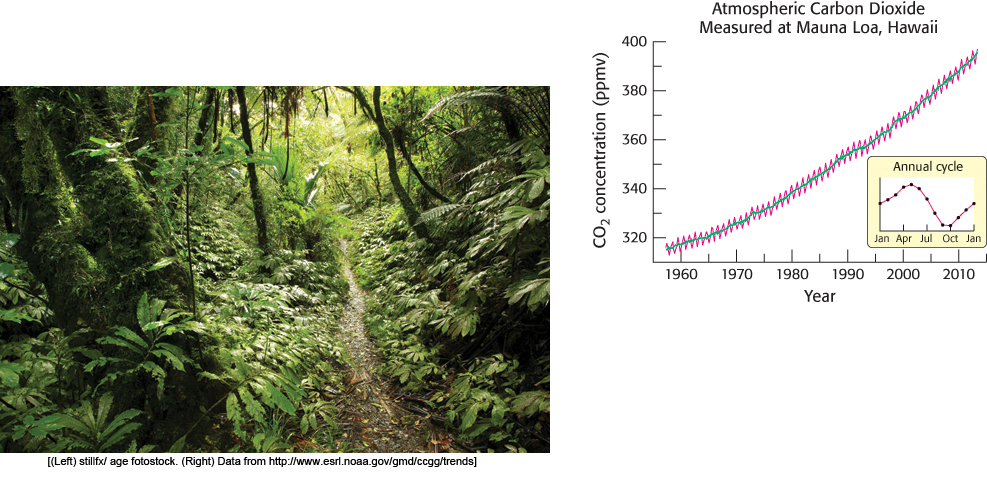The Calvin Cycle and the Pentose Phosphate Pathway
CHAPTER
20
589

OUTLINE
Photosynthesis proceeds in two parts: the light reactions and the dark reactions. The light reactions, discussed in Chapter 19, transform light energy into ATP and biosynthetic reducing power, NADPH. The dark reactions use the ATP and NADPH produced by the light reactions to reduce carbon atoms from their fully oxidized state as carbon dioxide to a more reduced state as a hexose. Carbon dioxide is thereby trapped in a form that is useful for many processes and most especially as a fuel. Together, the light reactions and dark reactions of photosynthesis cooperate to transform light energy into carbon fuel. The dark reactions are called either the Calvin–
The second half of this chapter examines a pathway common to all organisms, known variously as the pentose phosphate pathway, the hexose monophosphate pathway, the phosphogluconate pathway, or the pentose shunt. The pathway provides a means by which glucose can be oxidized to generate NADPH, the currency of readily available reducing power in cells. The phosphoryl group on the 2′-hydroxyl group of one of the ribose units of NADPH distinguishes NADPH from NADH. There is a fundamental distinction between NADPH and NADH in biochemistry: NADH is oxidized by the respiratory chain to generate ATP, whereas NADPH serves as a reductant in bio-
590